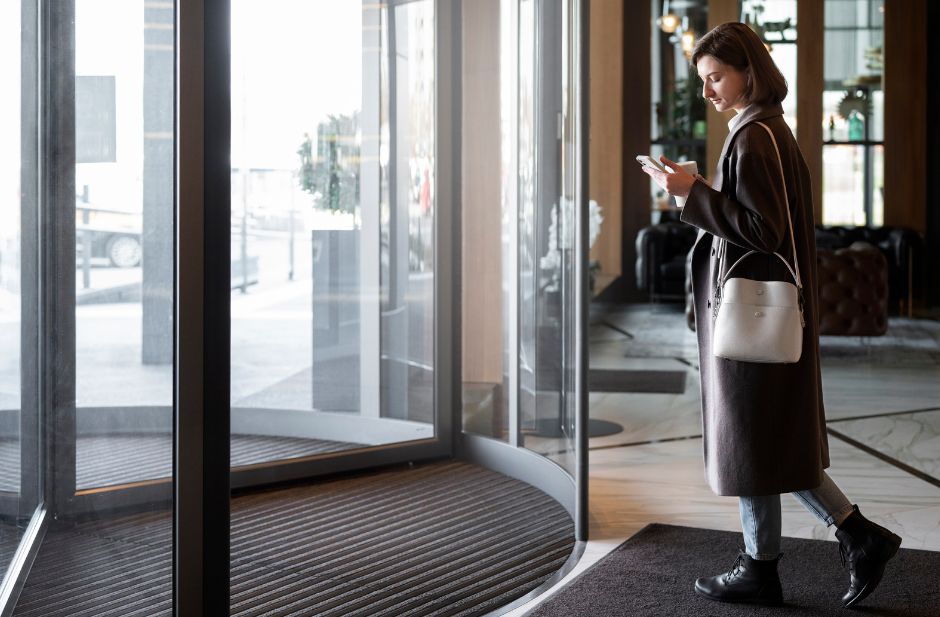Today’s topic is Institutional Abuse.
Yes, you read that right! I know that it might be a touchy topic to discuss. But I recently realized that this is something people genuinely need to know. And yes, I mean the legal aspects of dealing with the abuse.
Considering the fact that people who have the responsibility of taking care of us are the primary perpetrators of this form of abuse, most people feel confused. They do not understand if what is happening to them is right or wrong.
Now, it is easier to figure out in certain places like hospitals and prisons (since the mistreatment here is much more blatant.
However, when this happens in schools or foster care, it becomes very difficult. Why? Well, that’s because in these cases, the victim does not have the mental capacity to identify the signs of abuse.
And guess what? In recent years, more people have started speaking up about the abuse they’ve experienced in these places.
That is why, in this article, I plan to explain to you what institutional abuse is and how you can identify that. Additionally, as a part of my job, I will tell you how you can deal with it legally.
So, if that is what you want to know, keep on reading…
What is Institutional Abuse?
Institutional abuse happens when someone is harmed by a system that’s supposed to help them. This could be physical harm, emotional pain, or being neglected. The abuse can happen in many kinds of places, such as:
- Nursing homes
- Group homes for children or adults
- Juvenile or adult detention centers
- Mental health institutions
- Religious organizations
- Schools or daycare centers
The abuse may not always be obvious. Here are the different ways it can show up:
- Physical abuse.
- Emotional abuse.
- Sexual abuse.
- Neglect.
These places often have power over people who are vulnerable. Many can’t leave easily, speak up, or even understand they are being mistreated. Sadly, many victims are ignored or not believed when they try to tell someone.
That’s where institutional abuse lawyers come in. They are legal experts who fight for people who have been hurt by institutions. Their job is to:
- Investigate what happened
- Collect proof of the abuse
- Hold the wrong people or institutions accountable
- Get justice and compensation for the victim
How Has Institutional Abuse Increased Recently?
Institutional abuse is not new, but recently, more people are realizing how common it is. And the numbers are scary.
For instance, did you know that over 550,000 children in the United States were found to be victims of child abuse and neglect in 2022? Yes, that’s right!
And that is, nearly 8 out of every 1,000 children were discovered to have been maltreated where they should have been looked after, for instance, in foster homes, schools, or group care facilities.
Apart from this, there is an increase in the rate of elder abuse. As per global reports, 1 in 6 older people have experienced various kinds of abuse in their community surroundings.
But these numbers may be just the tip of the iceberg. One big problem is underreporting— many cases never get recorded.
Why?
Because victims often stay silent out of fear. Some are afraid of being punished. Others feel ashamed or believe that speaking up won’t change anything.
Here’s a real example: During the COVID-19 pandemic, child abuse reports dropped. But that didn’t mean there was less abuse—it just meant kids were not seeing teachers, nurses, or others who could spot signs of abuse and report it.
The same thing happens with elders or people in mental health centers. If they’re isolated or watched constantly, they may have no way to report abuse without risking more harm.
These rising cases show that we need better systems to watch over these institutions and protect vulnerable people. That means:
- Making it easier to report abuse
- Training staff properly
- Encouraging people to speak out
- Making sure the law punishes the abusers
Who Gets Affected in Institutional Abuse?
Institutional abuse can happen to anyone, but some people are more at risk. Usually, it’s people who rely on others to take care of them. This includes:
- Children in foster care, schools, or group homes
- Older adults in nursing homes or assisted living centers
- People with disabilities, especially in care facilities or hospitals
- Prisoners or people in detention centers
- People in mental health institutions
- Members of religious or spiritual groups who live under strict rules
These people may have little control over their lives. They may not know their rights. Some may not be able to speak for themselves. Others might fear not being believed or facing worse abuse if they speak up.
That’s why raising awareness is so important. Family members, friends, and community workers need to watch for signs and speak out when something seems wrong.
What are the Signs of Institutional Abuse?
Knowing what to look for can save lives. Some signs of institutional abuse include:
- Physical signs: bruises, cuts, burns, or injuries with no clear explanation
- Emotional signs: fearfulness, depression, silence, sudden mood changes, or withdrawal
- Neglect signs: dirty clothes, bedsores, weight loss, or untreated medical issues
- Behavioral signs: acting scared around staff, refusing to eat, or trying to escape
- Unusual rules: not being allowed to see family or talk privately
- Sudden changes in health or behavior with no reason
If you notice any of these signs, take them seriously. Ask questions. Report your concerns. And if you suspect abuse, contact a lawyer who deals with these types of cases.
How to Fight Institutional Abuse Legally?
You don’t have to face this alone. There are legal steps you can take to protect your loved ones and seek justice.
How to File an Institutional Abuse Claim?
Filing a claim means you are officially saying that an institution hurt someone and that legal action should be taken.
Here’s how the process usually works:
- Talk to a lawyer.
- Gather evidence.
- File a report.
- Start a legal case.
- Protect the victim.
How Long Do You Have to File a Claim?
Every state has different deadlines, called statutes of limitations. This means you only have a certain amount of time to take legal action after the abuse happens.
Some states give you a few years, while others allow more time—especially if the victim is a child or has a disability.
That’s why it’s so important to talk to a lawyer as soon as possible. Waiting too long might mean you can’t file a claim at all.
Your Legal Guide: How to Choose the Right Lawyer for Institutional Abuse?
Picking the right lawyer can make a big difference. Here’s what to look for:
- Experience: Choose someone who has worked on institutional abuse cases before.
- Compassion: The lawyer should listen carefully and treat you with respect.
- Support team: Good lawyers work with medical experts, therapists, and advocates.
- Clear communication: They should explain everything in simple words and keep you updated.
- Willing to fight: The best lawyers won’t back down, even when facing powerful institutions.
Institutional abuse is heartbreaking, but you don’t have to face it alone. A good lawyer will fight for your rights and help you make things better—not just for you, but for others, too.
Read Also:
















